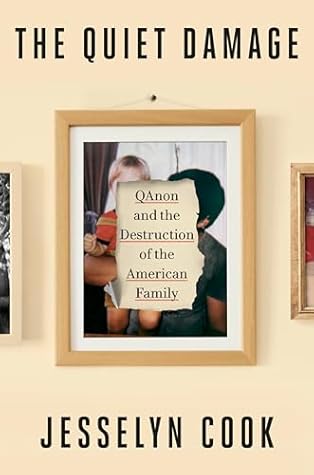More on this book
Community
Kindle Notes & Highlights
Read between
April 23 - April 26, 2025
In 2021, a staggering 15 percent of Americans agreed that the government, media, and financial worlds were “controlled by Satan-worshipping pedophiles,” polling found. By late 2023, that number had rocketed to 25 percent.
For many, the allure is less about what it makes them think than how it makes them feel.
Narcissism was one of very few personality traits that was a robust predictor of conspiracy theory thinking. To narcissists, espousing such views offered validation that people had it in for them, scapegoats upon which to blame their own misfortunes, and a coveted sense of uniqueness.
What had felt to Matt like an epiphany, however, was in fact an apophany: a Rorschachian conclusion drawn from dots that have no business being connected. Apophenia is a natural phenomenon; the human brain is hardwired to scan for patterns, even where they don’t exist. It’s also a bedrock of conspiracy theory thinking, wherein illusory patterns perceived in random noise are held up as evidence of nefarious activity.
Research suggests that harboring grievances—whether they stem from real or perceived offenses—actually makes people feel good. Brain-imaging studies have revealed that feeling aggrieved, and in turn, desiring retribution, stimulates the same neural reward-processing circuitry as narcotics.
Religious belief was significantly positively correlated with conspiracy theory belief, attributed by experts to the service of common psychological needs (certainty, purpose, community) and shared underlying elements (grand narratives, a righteous mission, conviction in the unseen). And while believers of QAnon theories represented only a small minority of Christians overall, they accounted for nearly one in four white Evangelicals; the majority, also, were supporters of Christian nationalism.


